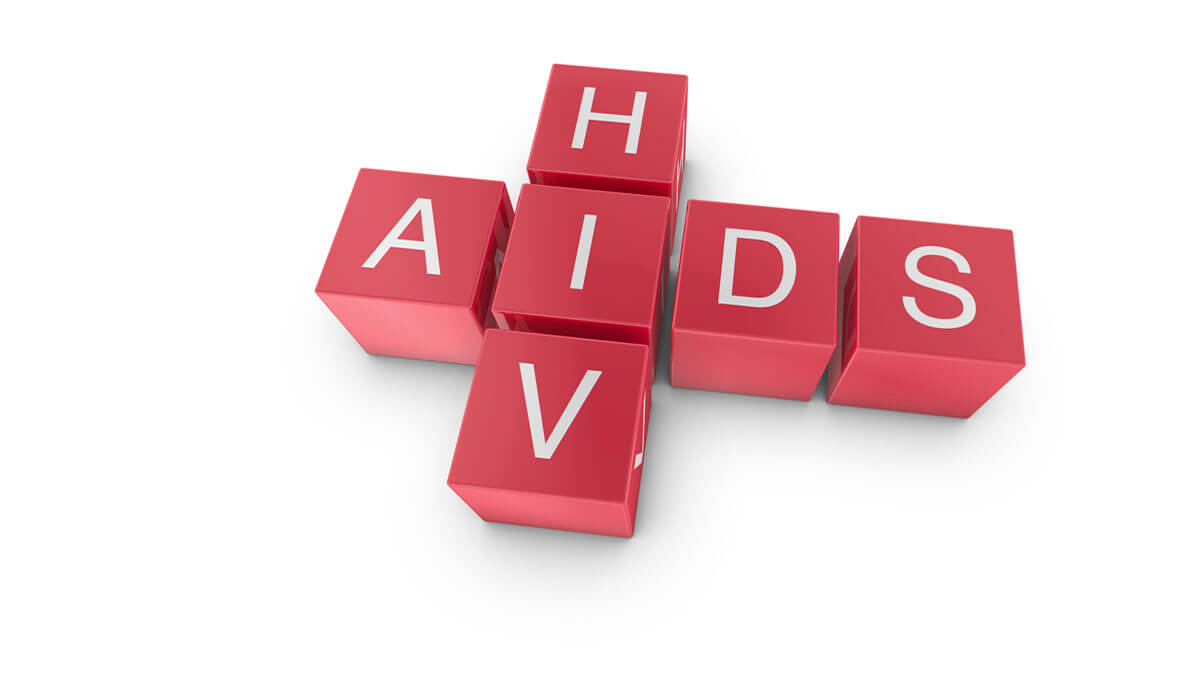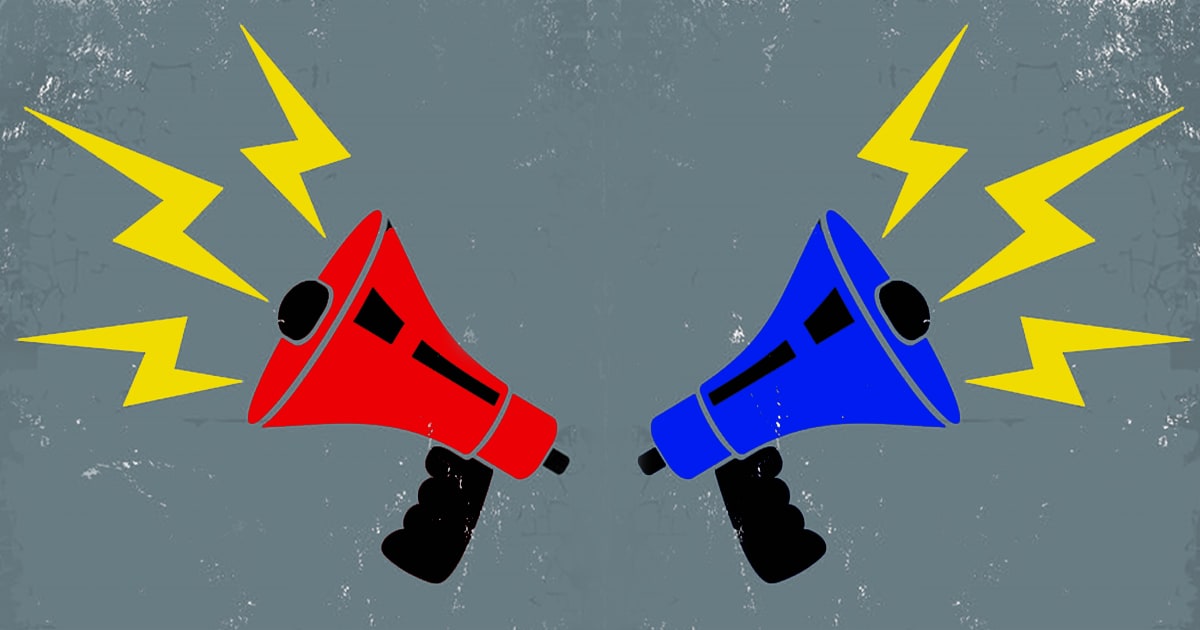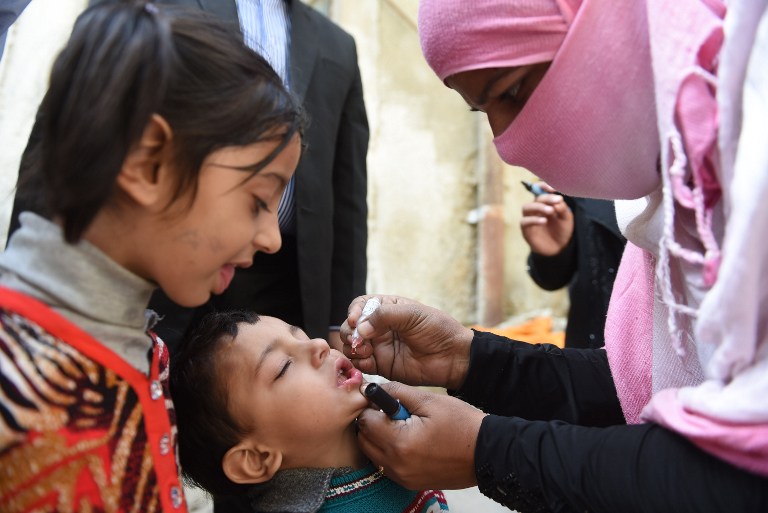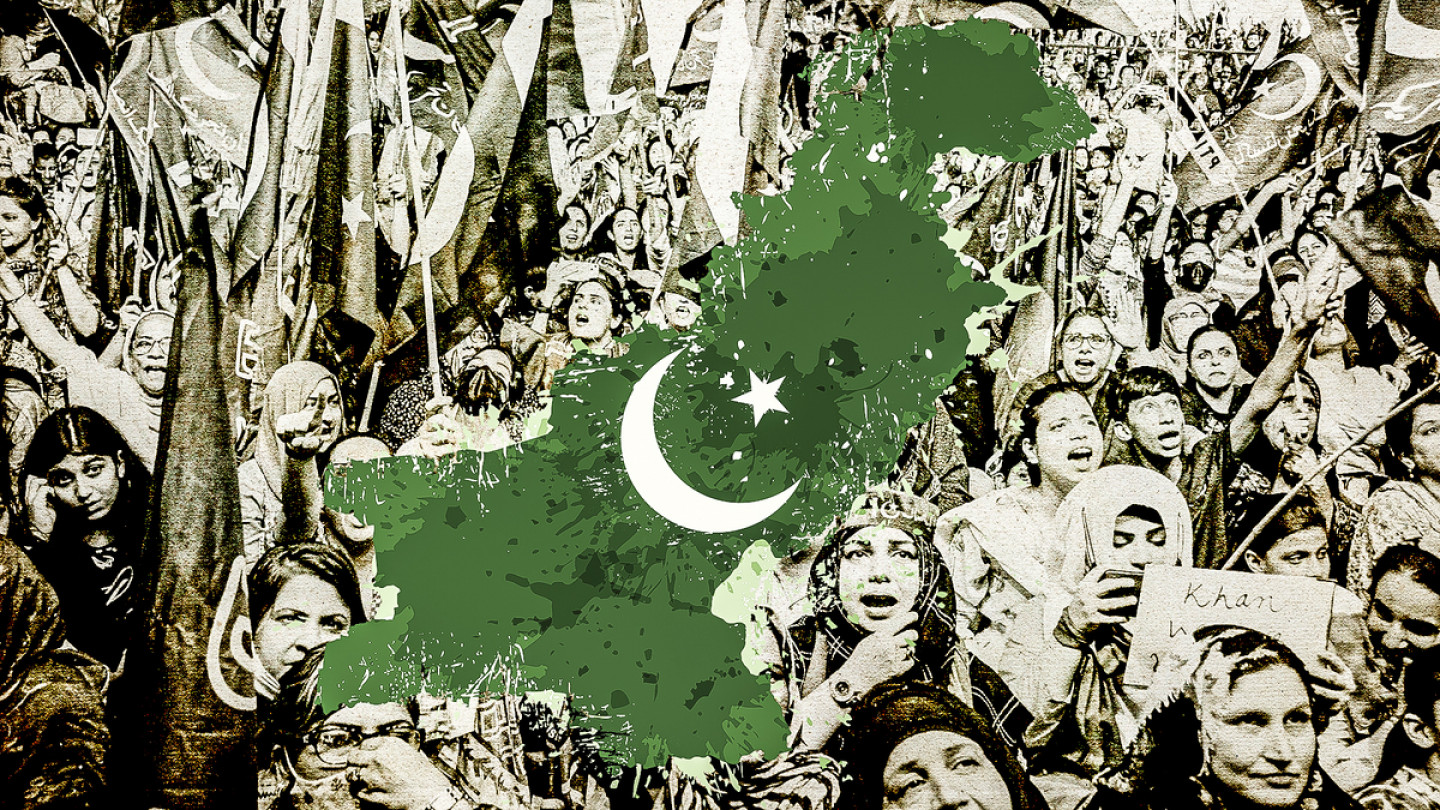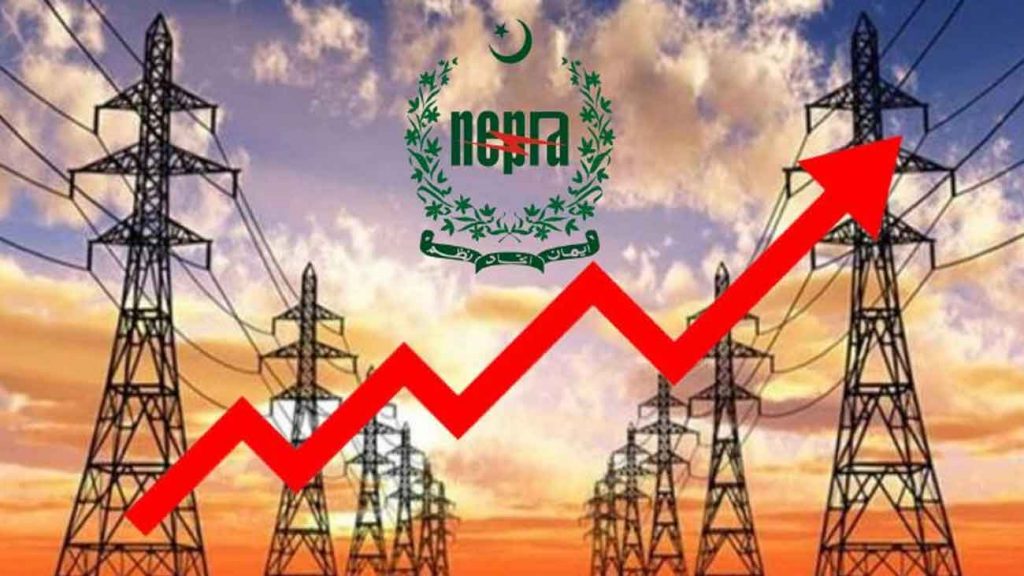Editorial
World AIDS Day is celebrated around the world on December 1st each year. It has become one of the most recognized international health days and a key opportunity to raise awareness, commemorate those who have passed on, and celebrate victories, such as increased access to treatment and prevention services. Every year, on December 1st, the world commemorates World AIDS Day. People worldwide unite to show support for people living with and affected by HIV and to remember those who lost their lives to AIDS.
The inequalities perpetuating the AIDS pandemic are not inevitable; we can tackle them. This World AIDS Day, UNAIDS urges each of us to address the inequity holding back progress in ending AIDS.
The “Equalize” slogan is a call to action. It is a prompt for all of us to work for the proven practical measures to address inequalities and help end AIDS.
Data from UNAIDS on the global HIV response reveals that during the last two years of COVID-19 and other global crises, progress against the HIV pandemic has faltered, resources have shrunk, and millions of lives are at risk as a result.
We have only eight years before the 2030 goal of ending AIDS as a global health threat. Economic, social, cultural and legal inequalities must be addressed as a matter of urgency. In a pandemic, inequalities exacerbate the dangers for everyone. Indeed, the world community can only achieve the end of AIDS if we tackle the inequalities which drive it. World leaders need to act with bold and accountable leadership. And all of us, everywhere, must do all we can to help tackle inequalities too.
What is HIV?
HIV stands for human immunodeficiency virus. HIV is a retrovirus that infects cells of the human immune system (mainly CD4-positive T-cells and macrophages—key components of the cellular immune system) and destroys or impairs their function. Infection with this virus results in the progressive depletion of the immune system, leading to immunodeficiency.
The immune system is considered deficient when it can no longer fight off infection and diseases. People with immunodeficiency are much more vulnerable to various illnesses and cancers. Then most of these are rare among people without immunodeficiency. Diseases associated with severe immunodeficiency are known as opportunistic infections because they take advantage of a weakened immune system.
What is AIDS?
AIDS stands for acquired immunodeficiency syndrome and describes the collection of symptoms and infections associated with developed immune system deficiency. Infection with HIV has been established as the underlying cause of AIDS. The level of immunodeficiency or the appearance of certain infections is used to indicate that HIV infection has progressed to AIDS.
What are the symptoms of HIV?
Most people infected with HIV do not know that they have become infected. Immediately after the infection, some people have a glandular fever-like illness (fever, rash, joint pains and enlarged lymph nodes), which can occur during seroconversion. Seroconversion refers to the development of antibodies to HIV and usually takes place between one and two months after an infection has occurred.
Although HIV infection often does not cause any symptoms, a person newly infected with HIV is infectious and can transmit the virus to another person. The way to determine whether HIV infection has occurred is by taking an HIV test.
HIV infection causes a gradual depletion and weakening of the immune system. It increases the body’s susceptibility to infections and cancers and can lead to AIDS.
Global HIV statistics
- 38.4 million [33.9 million–43.8 million] people globally were living with HIV in 2021.
- 1.5 million [1.1 million–2.0 million] people became newly infected with HIV in 2021.
- 650 000 [510 000–860 000] people died from AIDS-related illnesses in 2021.
- 28.7 million people were accessing antiretroviral therapy in 2021.
- 84.2 million [64.0 million–113.0 million] people have become infected with HIV since the start of the epidemic.
- 40.1 million [33.6 million–48.6 million] people have died from AIDS-related illnesses since the beginning of the epidemic.
Key populations
- In 2021, key populations (sex workers and their clients, gay men and other men who have sex with men, people who inject drugs, and transgender people) and their sexual partners accounted for 70% of HIV infections globally:
- 94% of new HIV infections outside of sub-Saharan Africa.
- 51% of new HIV infections in sub-Saharan Africa.
- The risk of acquiring HIV is:
- 35 times higher among people who inject drugs than adults who do not.
- 30 times higher for female sex workers than adult women.
- 28 times higher among gay men and other men who have sex with men than adult men.
- 14 times higher for transgender women than adult women.
How can HIV infection be prevented?
Sexual transmission of HIV can be prevented by:
- Monogamous relations between uninfected partners.
- Non-penetrative sex.
- Consistent and correct use of male or female condoms
- Sex between two people when one of them is living with HIV but is taking antiretroviral therapy and has an undetectable viral load
- Pre-exposure prophylaxis taken by people who are not infected with HIV.
- Voluntary Medical Male Circumcision reduces the chances of men acquiring HIV from women.
Additional ways of avoiding infection:
- If you are an injecting drug user, always use new needles and syringes that are disposable or needles and syringes that have been sterilized adequately before reuse or opt for other prevention measures such as Opioid Substitution therapy.
- Ensure that blood and blood products are tested for HIV, and that blood safety standards are implemented.
Pakistan is the second largest country in South Asia which stands only a few steps behind India and Nepal in terms of the HIV epidemic. Despite many efforts, the HIV infection rate has increased significantly over the past few years. The country has moved from a low prevalence to a concentrated epidemic, with HIV prevalence of more than 5% among injecting drug users (IDUs) in at least eight major cities. Other high‐risk groups, such as men who have sex with men (MSM), hijra sex workers (HSWs) and female sex workers (FSWs), also look set to reach this threshold level. Many bridging populations, totalling almost five million persons, are in direct sexual contact with these groups and are exposed to HIV infection through unprotected sexual activity. The heterogeneity and interlinking of high-risk injecting and sexual behaviour have increased the concentration of AIDS. Furthermore, combined with low levels of HIV knowledge and prevention and high levels of other sexually transmitted infections (STIs), HIV could spread rapidly to marriage partners or sex clients and result in a generalized epidemic.
There is a dire need to create awareness about the disease. The institutions of state and society must take responsibility and aware the people regarding the prevention and control of the disease. The health sector should come forward to educate and disseminate the gravity of the situation across. Health is a provincial subject, and the regional health departments should prioritize the prevention and cure of the disease. The government should provide more budgeting to the National and Provincial AIDS control programs. The capacity of the human resource of the health sector needs reformatory improvement. The government must ensure the administrative and criminal accountability of all those involved in the excesses of AIDS. Then, there should be a change in living styles, and people should adopt the Islamic way of life in their personal life. Hence, both state and society lead the role in controlling diseases like AIDS.



































